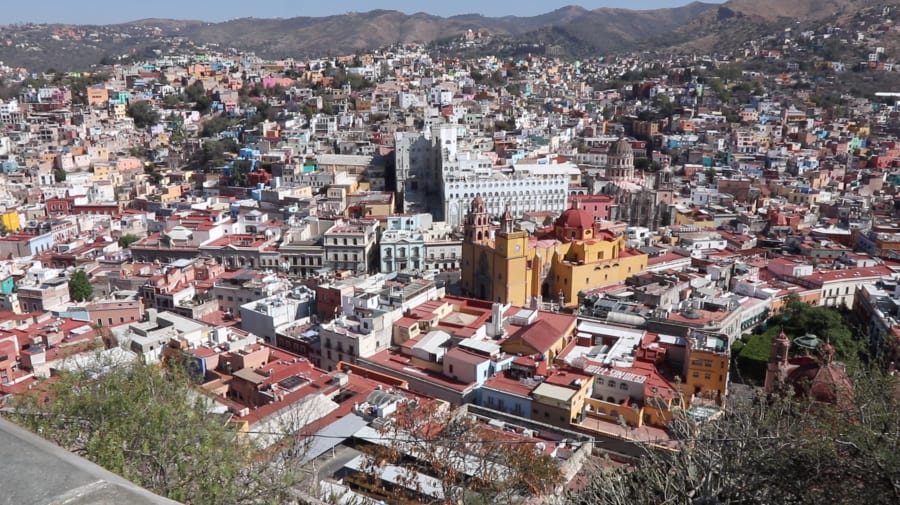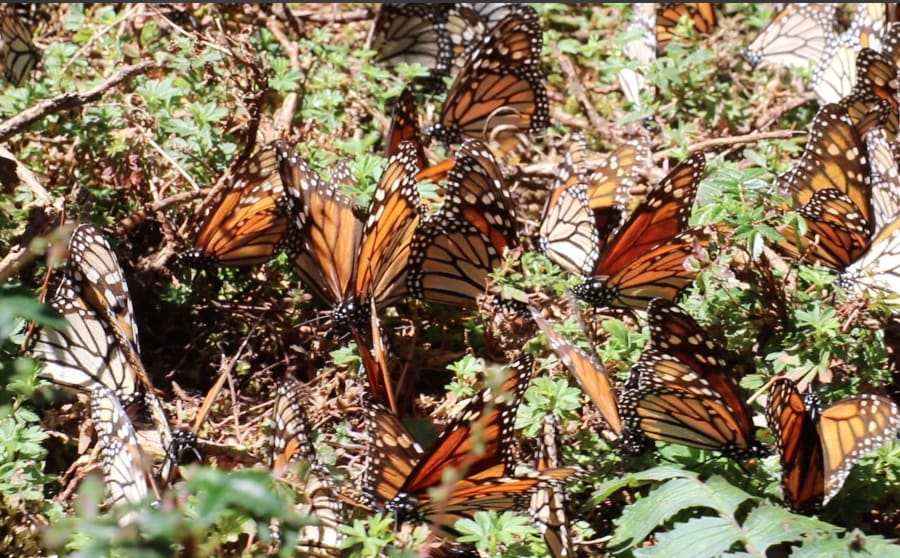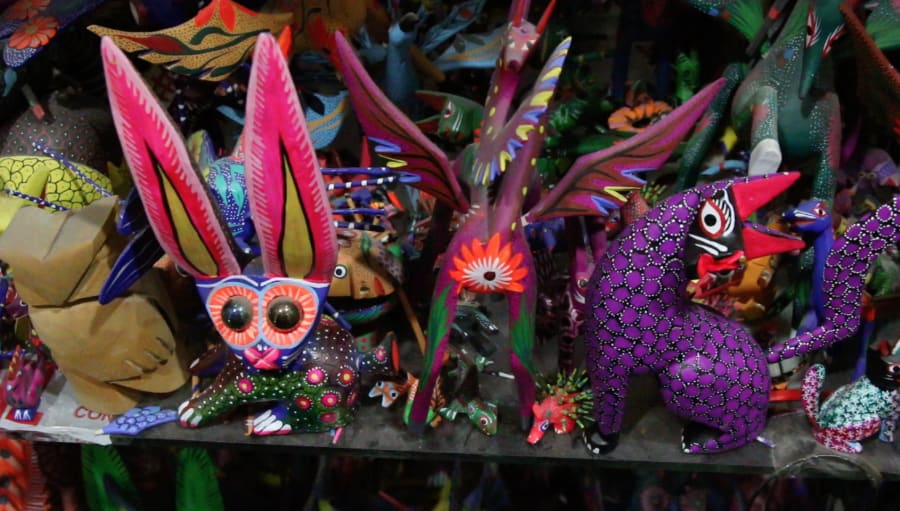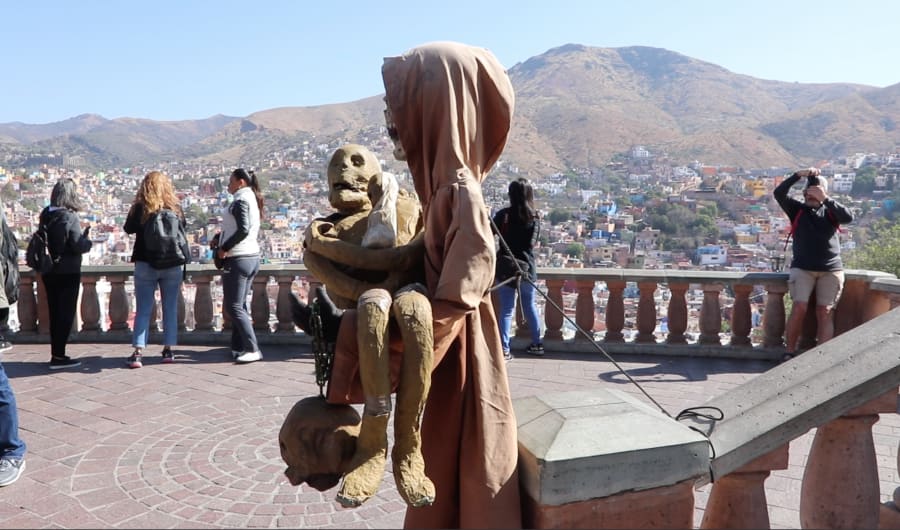GUANAJUATO, Mexico – For the second year in a row, a KSAT crew traveled to Mexico to learn more about the cultural impact and significance of Dia de Muertos throughout Central and North America.
Anchor Isis Romero, photojournalist Misael Gomez and digital journalist RJ Marquez traveled to Mexico in February before the COVID-19 pandemic brought the world to a standstill to gain a deeper understanding of the Mexican holiday, which is a celebration of life and death.

Throughout October and leading to Day of the Dead on Nov. 2, KSAT’s coverage will take viewers from the historic boroughs of Mexico City to the bright and colorful alleys of Guanajuato, a city that was part of the inspiration for the blockbuster Pixar film “Coco.”
Symbols of Day of the Dead are found in many places across Mexico throughout the year. In San Antonio, we see the Monarch butterflies make the early part of their yearly migration north.
These butterflies are found deep within the forests outside of Mexico City. KSAT traveled to Cerro Pelon where millions of Monarchs can be seen on trees and flying in the air. Each butterfly is believed to hold the spirit of a lost loved one.



The mystical Alebrije is also a very recognizable symbol of the holiday. We will explain the history of the fantastical creature and its meaning in folk art.
Iconic artists Frida Kahlo and Diego Rivera are still very much present in Mexican culture.
We visited each of their homes and will explore how they have shaped the culture and their influence on Day of the Dead.

Viewers will take a trip with us to Guanajuato’s most popular tourist attraction, a museum that displays dozens of mummified bodies.
For Mexico, it’s part of a belief not to fear death and part of Guanajuato’s rich history.
For more information on the celebration and holiday, visit our Day of the Dead section on KSAT.com.

RELATED STORIES:




